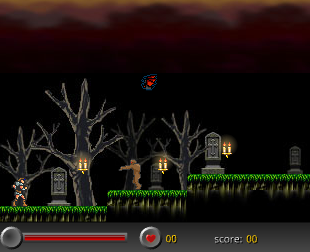Slow motion has become a popular method used in media and arts to create a different perspective on an action scene. This effect is achieved by combining images that have a higher frame rate than the playback speed to create an animation. The result is a realistic representation of movement on screen.
Slow motion is a form of filmmaking that requires deliberate steps to capture each element slowly and accurately. This allows the audience to see subtleties they would not otherwise notice at normal speeds.
Filmmakers often use slow motion to intensify scenes and add drama. They also draw attention to specific details, which heightens the emotional impact. Sports coverage also uses this technique to help viewers experience the athleticism of athletes in a more tangible and immersive way.
In addition to its use in films and sports events, slow-motion technology can be used for scientific analysis and researching. Scientists can observe finer details by slowing down natural processes and phenomena to their natural speed of progress.
Slow motion photography can create mesmerizing visuals, capturing moments as they pass by. It allows for a deeper exploration of any subject. These slow-mo images often turn into stunning works of art, with amazing results.
Slow motion can add a captivating and intriguing dimension to the way we perceive and interpret motion. It is useful for filming sporting events, photography shoots or scientific phenomena, or even to photographing photographs. By pausing deliberately to capture every gem of an action, creators can create compelling and immersive stories that resonate deeply with audiences.
Slow Motion












